|
Note: You must be registered in order to post a reply.
To register, click here. Registration is FREE!
|
| T O P I C R E V I E W |
| James N. |
Posted - February 25 2012 : 6:58:00 PM
On the eighteeth of April, in seventy-five,
Hardly a man is now alive
Who remembers that famous day and year.
I last left Paul Revere in Boston's North End; now it's time to follow him ( and the British! ) on to Lexington and Concord, whose museum preserves what is claimed to be one of the pair of lanterns hung in the steeple of Old North Church:
Image Insert:
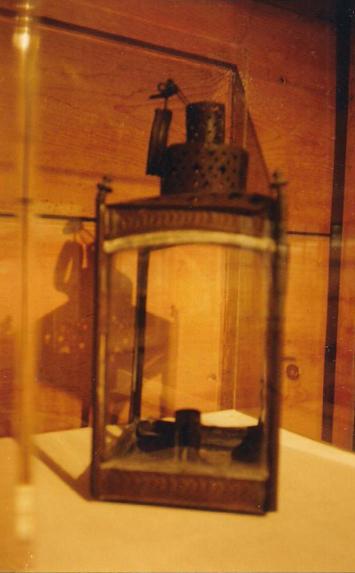
24.48KB
Hang a lantern aloft in the belfrey arch
Of the North Church tower as a signal light,-
One, if by land, or two if by sea...
It was one by the village clock,
When he galloped into Lexington.
Revere's mission was to warn Concord where arms and ammunition were stored by the patriots hoping to avoid another raid by Thomas Gage's troops like that which siezed the colony's powder supply in the September, 1774, "Powder Alarm". But a secondary goal of "the Regulars" was thought to be capturing Sam Adams and John Hancock, who were staying in nearby Lexington while on their way as delegates to the Second Continental Congress. They were guests in the parsonage known as the Hancock-Clarke House just north of the common, and it was here Revere first stopped, alerting the delegates to the danger. Revere was soon joined by second rider William Dawes and they continued on towards Concord together.
Image Insert:
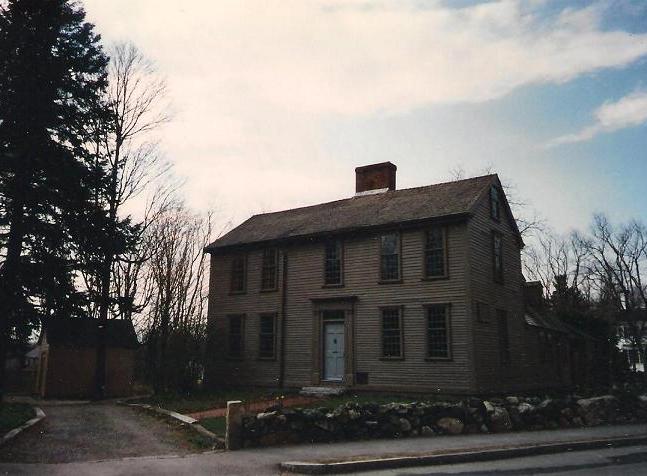
51.79KB
The house has had its own Odyssey over the years, being moved TWICE, across the street to another lot, and later back again to its original spot!
He saw the gilded weathercock
Swim in the moonlight as he passed,
And the meeting-house windows, blank and bare,
Gaze at him with a spectral glare,
As if they already stood aghast
At the bloody work they would look upon
The first structure to be seen on Lexington Common as one approached from the east like Revere and the British was the now-missing Meeting House and adjacent alarm bell tower; strangely, the latter was replicated in 1915 on a promentory overlooking town now called Belfry Hill. The original position of the meeting house and belfrey blocked both the militia's view of the approaching troops as well as the British view of the militia drawn up on the common.
Image Insert:
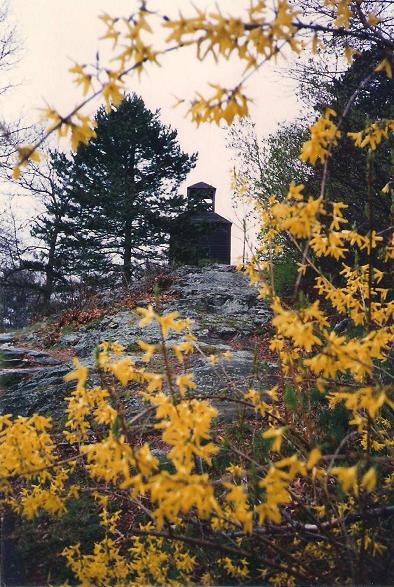
75.11KB
Image Insert:
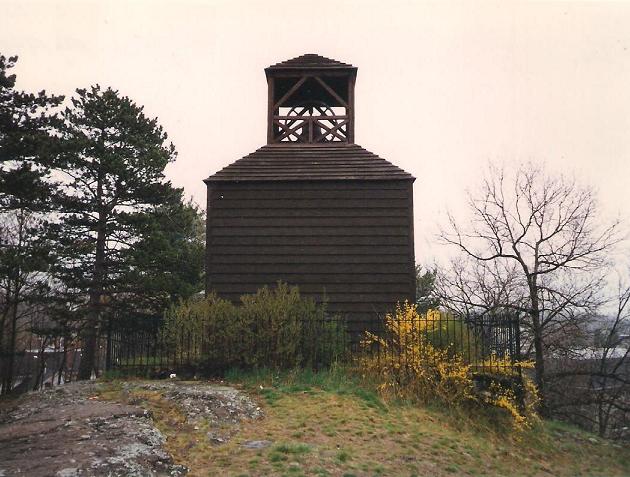
63.53KB
Captain John Parker's company of Lexington militia had formed on the common after spending the night in Buckman's Tavern, standing on the northeast of the triangular field, and visible past the current Minuteman statue, which occupies the site of the Meeting House. ( It was also used following the battles here as a hospital. )
Image Insert:
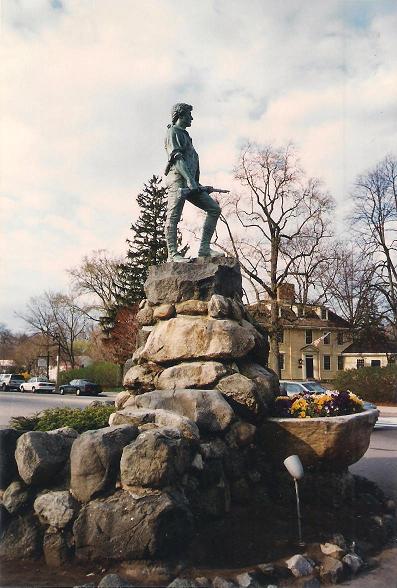
51.96KB
Image Insert:
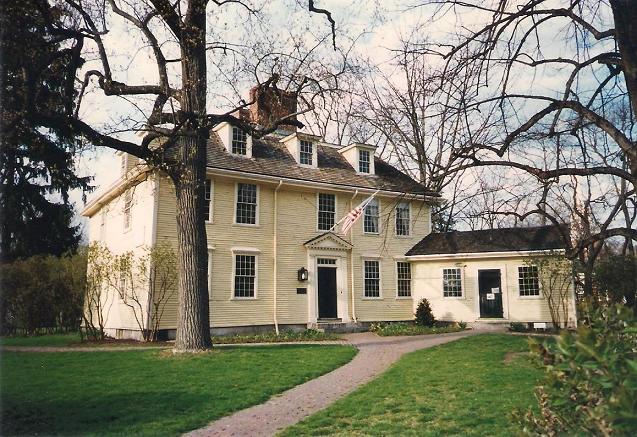
88.03KB
Parker's company was mainly here protecting Adams and Hancock, so their hurried departure made the milita's presence unnecessary; they were about to dismiss when the Redcoats appearred marching up the Post Road from Boston. The leading two companies left the road, proceeding directly towards them as the others continued around the left of the belfry.
|
| 2 L A T E S T R E P L I E S (Newest First) |
| James N. |
Posted - February 25 2012 : 8:54:55 PM
Unfortunately for British plans, Revere and Dawes were only the first of probably eventually dozens of "midnight riders"; indeed as they marched Smith and his men heard endless alarm guns being fired in every direction in response. Joined by Dr. William Prescott, on his way back home after spending the evening with his betrothed in Lexington, the riders continued on toward Concord. Suddenly they were apprehended by a group of British officers on horseback who were serving as scouts for Smith's column. ( The British had no dragoons or cavalry in Bostion at this time. ) Since he knew the land so well, Prescott was able to escape by jumping his horse over a wall and continue on to warn Concord. After confiscating their horses, the British officers released Revere and Dawes and hurried back to the approaching column.
Image Insert:
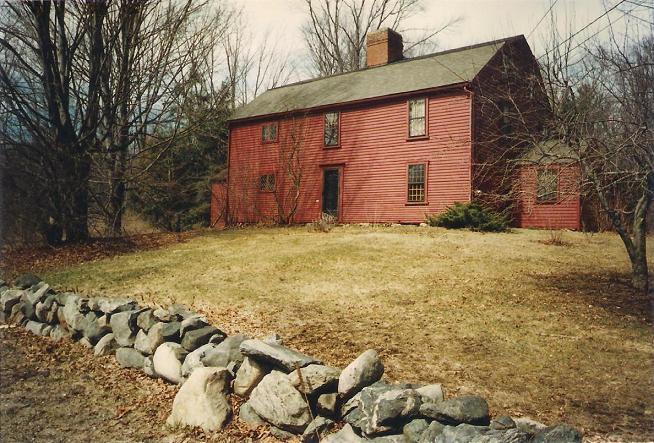
85.97 KB
While Dr. Prescott continued on west of Concord spreading the alarm, his brother Abel headed towards Framingham, ten miles southeast; above is one of its remaining period houses. As in Lexington and elsewhere, Buckminster's tavern served as a gathering place for the local militia company, which soon prepared to march off to Concord:
Image Insert:

57.48 KB
Framingham boasts its own Minuteman statue, in addition to the more famous ones at Lexington and Concord, this one representing the village blacksmith beside his anvil, who has put aside the tools of his trade to take up his trusty musket.
Image Insert:
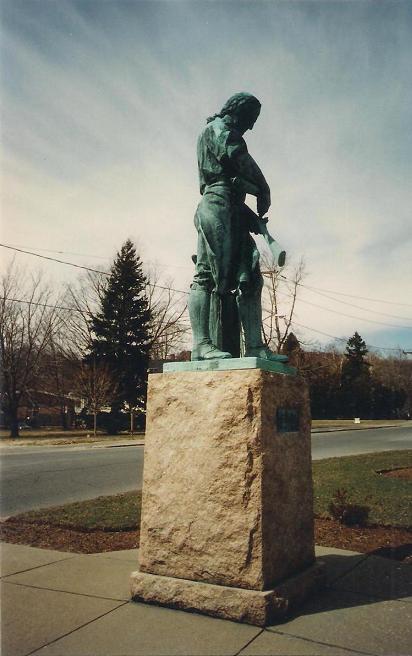
43.27 KB
Image Insert:
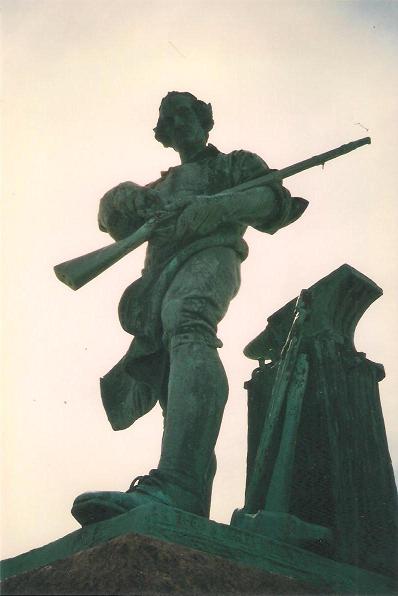
25.9 KB |
| James N. |
Posted - February 25 2012 : 8:04:32 PM
Meanwhile, the British were having their own problems. This was a scratch force, formed in two batalllions commanded by Lt. Col. Francis Smith, variously described as "fat, slow, stupid, and self-indulgent"; but having "prudence, caution, gravitas, and gentility"! This was a force that had never served together before ( ! ), being drawn from the "elite" companies of the various regiments in Gage's Boston garrison. The leading battalion was made up of the companies of light infantry, under the command of Maj. John Pitcairn of the Royal Marines; following at a distance were the grenadier companies directly under Smith. All were getting tired, after a long march from Boston in the dark after standing around two or three hours in a marsh waiting for orders and waisting precious time.
As noted above, the alarm bell tower blocked the view until Pitcairn's light infantry rounded it; immediately one or more officers rode forward, reputedly shouting "Damn them, we will have them!", "Throw down your arms, ye villians, ye rebels!", and "Disperse, damn you, disperse!" Though Parker's men did not disarm, they seem to have begun to "disperse" as ordered when a shot rang out. At that, the British companies opened fire indiscriminatly, killing and wounding several. Contrary to later legend, it appears few if any militia returned the fire, mainly trying to escape. Pitcairn had difficulty regaining order among his men, most of whom it must be remembered, despite their reputation as trained soldiers were all as innocent of real war as were their enemies!
Image Insert:
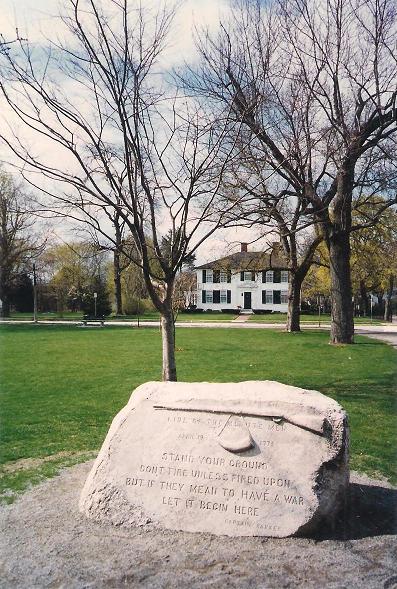
78.95KB
Parker's company was drawn up in two ranks in the middle distance facing east towards the camera. One of his men killed that morning was Jonathan Harrington, who managed to crawl to his house in the background before he died on his own front stoop. Pitcairn reformed his battallion, and when Smith arrived, after a short rest, they resumed the march to Concord satisfied they'd put down the "rebellion".
Image Insert:
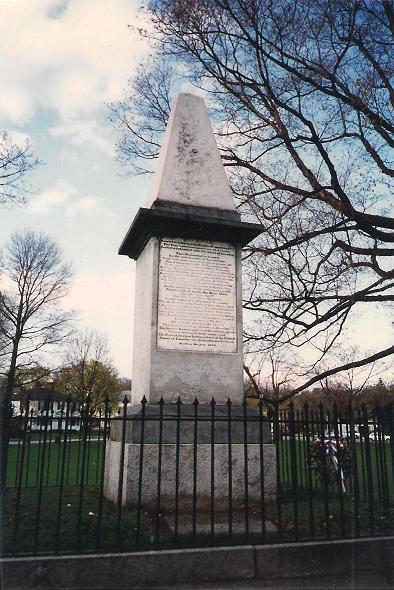
63.58KB
Following the battles of Lexington and Concord the dead of the morning's "fight", if such it could be termed, were buried on the south edge of the common where they rest today beneath this monument. In Lexington's Old Burying Ground lie other soldiers of the Revolution, including Capt. Parker, whose wreathed stone is at left.
Image Insert:
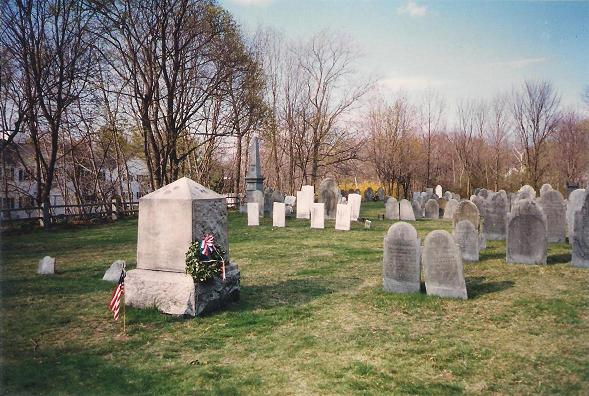
67.05KB
Also buried here is a lone Briton, mortally wounded during the subsequent retreat who died later in Buckman's Tavern, then being used as a hospital.
Image Insert:
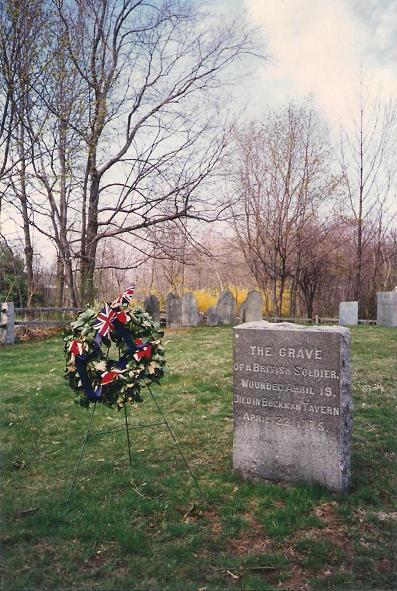
68.76KB
Today on the outskirts of Lexington the Museum of Our American Heritage preserves some of the arms reputedly used during the battles:
Image Insert:
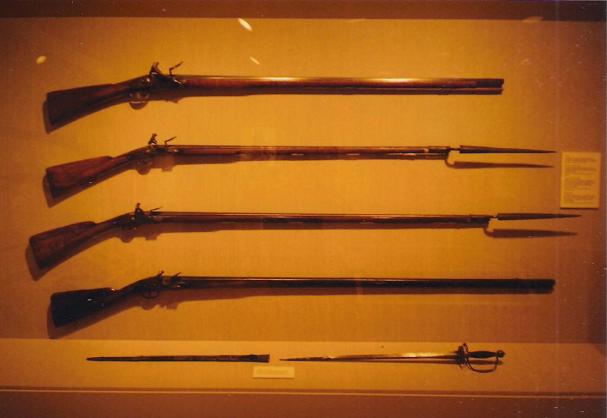
28.04KB
|
|
Around The Site:
~ What's New? ~
Pathfinding
|
Mohican Gatherings
|
Mohican Musings
|
LOTM Script
|
History
|
Musical Musings
|
Storefronts on the Frontier
Off the Beaten Trail
|
Links
Of Special Interest:
The Eric Schweig Gallery
|
From the Ramparts
|
The Listening Room
|
Against All Odds
|
The Video Clips Index
DISCLAIMER
Tune, 40, used by permission - composed by Ron Clarke
|
| The Mohican Board! [Bumppo's Redux!] |
© 1997-2025 - Mohican Press |
 |
|
| Current Mohicanland page raised in 0.17 seconds |
 |
|

![The Mohican Board! [Bumppo's Redux!] The Mohican Board! [Bumppo's Redux!]](images/wwwboard.gif)


